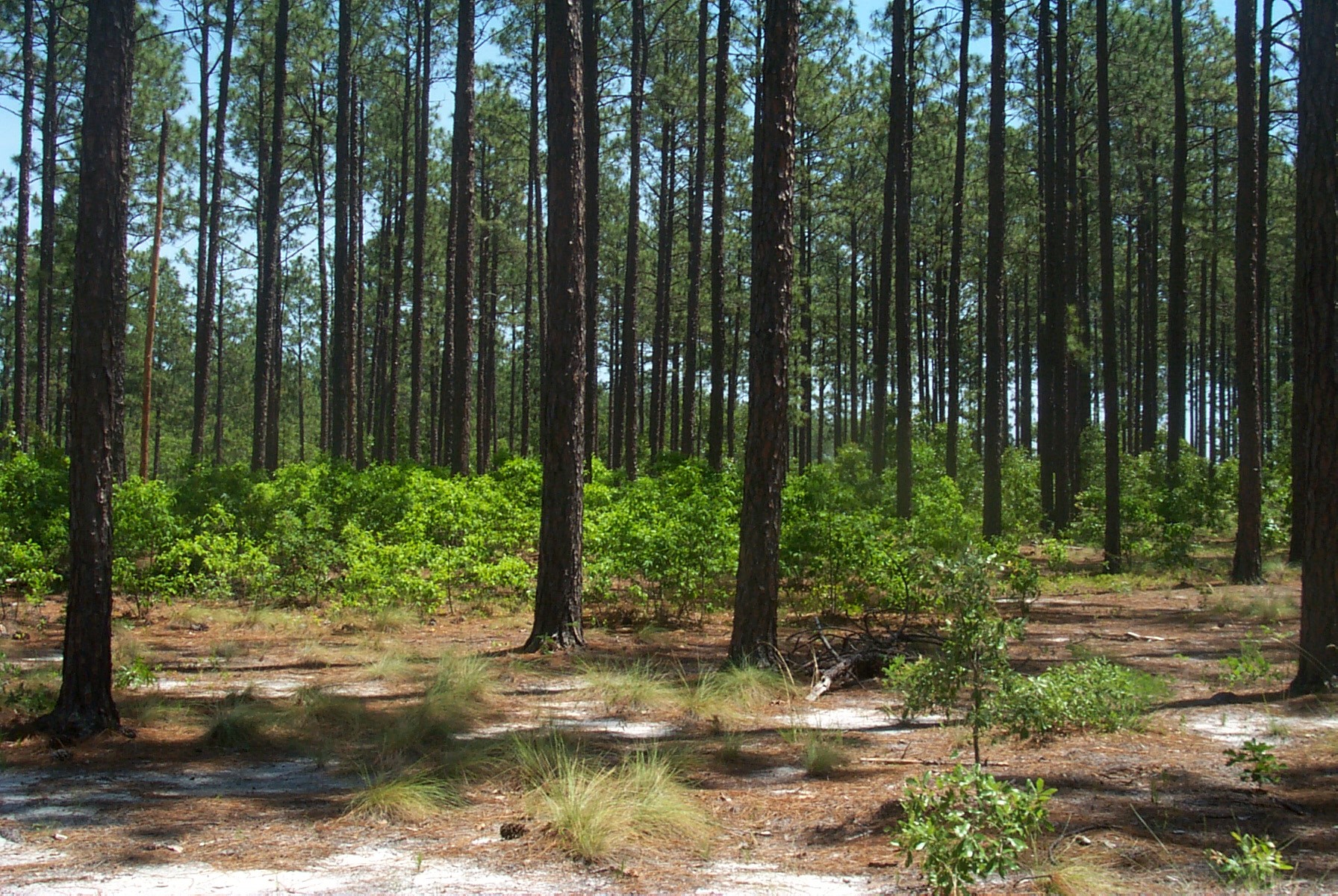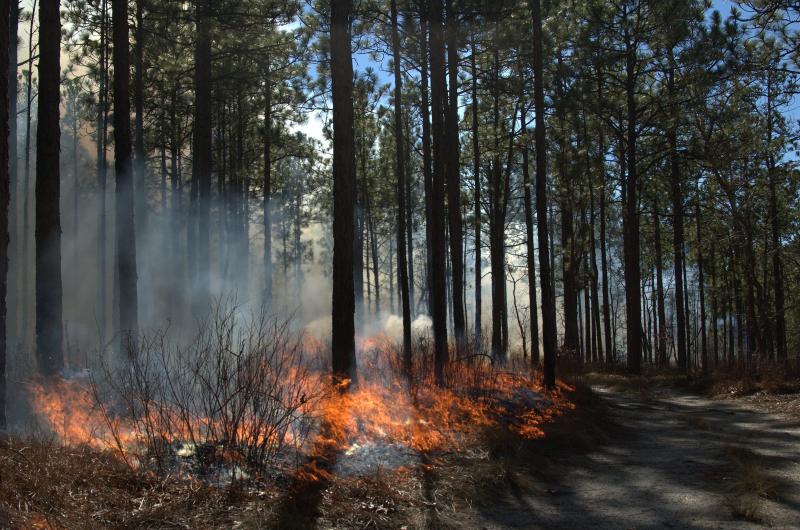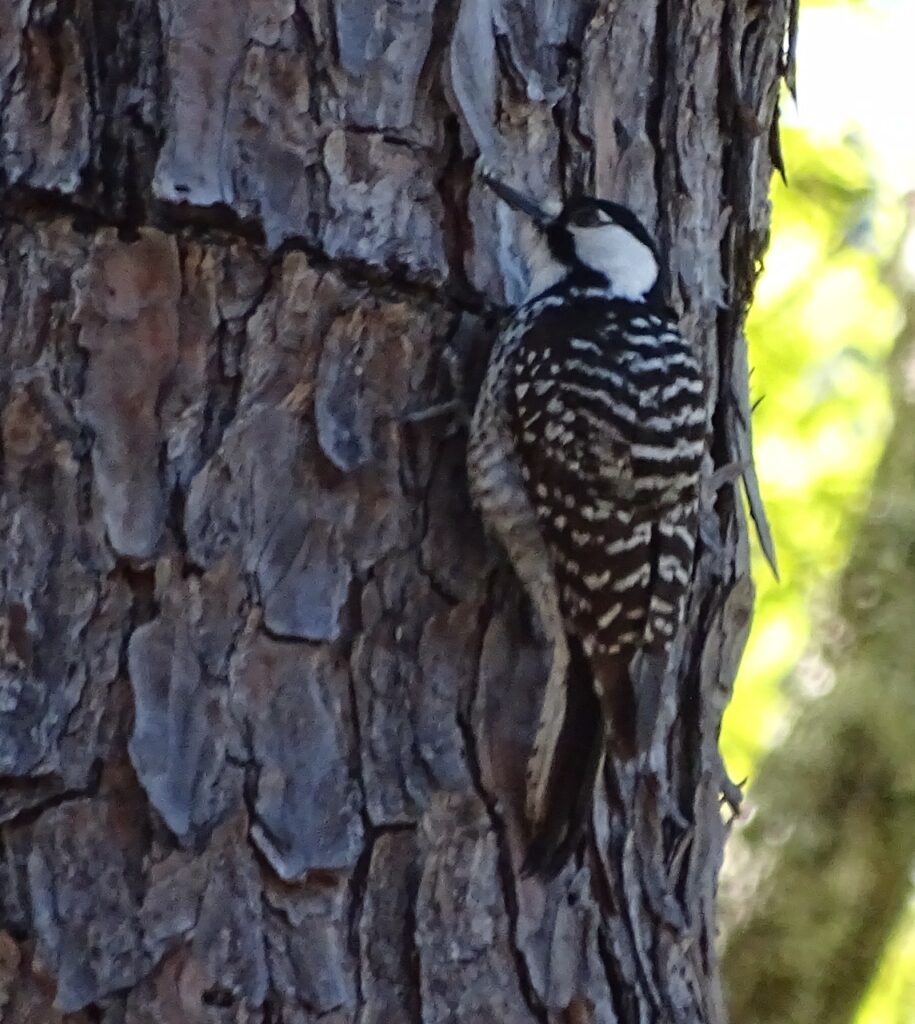NC Working Forests
go.ncsu.edu/readext?886590
en Español / em Português
El inglés es el idioma de control de esta página. En la medida en que haya algún conflicto entre la traducción al inglés y la traducción, el inglés prevalece.
Al hacer clic en el enlace de traducción se activa un servicio de traducción gratuito para convertir la página al español. Al igual que con cualquier traducción por Internet, la conversión no es sensible al contexto y puede que no traduzca el texto en su significado original. NC State Extension no garantiza la exactitud del texto traducido. Por favor, tenga en cuenta que algunas aplicaciones y/o servicios pueden no funcionar como se espera cuando se traducen.
Português
Inglês é o idioma de controle desta página. Na medida que haja algum conflito entre o texto original em Inglês e a tradução, o Inglês prevalece.
Ao clicar no link de tradução, um serviço gratuito de tradução será ativado para converter a página para o Português. Como em qualquer tradução pela internet, a conversão não é sensivel ao contexto e pode não ocorrer a tradução para o significado orginal. O serviço de Extensão da Carolina do Norte (NC State Extension) não garante a exatidão do texto traduzido. Por favor, observe que algumas funções ou serviços podem não funcionar como esperado após a tradução.
English
English is the controlling language of this page. To the extent there is any conflict between the English text and the translation, English controls.
Clicking on the translation link activates a free translation service to convert the page to Spanish. As with any Internet translation, the conversion is not context-sensitive and may not translate the text to its original meaning. NC State Extension does not guarantee the accuracy of the translated text. Please note that some applications and/or services may not function as expected when translated.
Collapse ▲People own land for a number of reasons, including natural amenities, legacy, financial or investment objectives, or a mix of the two. According to TELE, though each landowner is unique, there are generalities that can be made about forested landowners. For example, the landowning population in the U.S shows little variation in what factors they report to be most important to them. Most landowners share that beauty, wildlife and wildlife habitat improvement, legacy, privacy, and nature are more important than investment, timber, and non-timber forest products.
Common barriers to management include lack of knowledge or experience, unfamiliarity with resources and services available, mistrust of authority, and specific opinions about how woods should or should not be managed.Landowners often name the same concerns about their land such as managing for risk and liability, trespassing and litter, and forest health, or the legacy of the property.
Topics covered in this section include:
- Terms and Definitions for Working Forests
- Forest Management Planning
- Present Use Value and Compliance
- Wildlife Conservation Lands Program
- Professionals and Consultants
- Liability Knowledge for Landowners
- Guide to Inherited Land
- Cost Share & Incentive Programs
Terms and Definitions Pertaining to Working Forests
Not every landowner, however, has identified exactly what their goals might be or perhaps, even their concerns. A place for a landowner to start to define their goals can begin with learning about various definitions and terms pertaining to forest management. Developing a familiarity around the language of forest management assists in understanding the various options that are available to landowners who want to manage a working forest.
Conducting an assessment of one’s property will help determine priorities, set future goals and objectives. This process is often done by hiring a credible technical resource, someone who can produce a “guide” to forest management on the property while working with a landowner as they identify their goals.
Forest Management Planning
According to the NC Forest Service, there are two fundamental plans to help guide future actions.
- Forest Management Plan: is a detailed plan that provides written prescriptions for specific forestry activities that meet the landowner’s objectives. These plans can address several management recommendations for many different areas of the property and is written by professional. A forest management plan will support the landowner in applying for the present use-value (PUV) program, that is available annually by application once a year.
- Forest Stewardship Plan: is a multiple resource management plan, written by or under the guidance of a natural resource professional, which conforms to the State Forest Stewardship guidelines and standards, and meets the objectives of the owner. Often this plan is of interest to landowners who want to manage for wildlife, water quality, recreation, and timber to keep their woods healthy and leave a legacy for future generations. If prepared properly, a Forest Stewardship Plan can also qualify the landowner for the forestry present use-value (PUV) tax program and the American Tree Farm Program.
Present Use Value Overview & Compliance
Present Use Value (PUV) is the value of land in its current use as agricultural land, horticultural land, or forestland, based solely on its ability to produce income and assuming an average level of sound management. PUV tax deferment may be referred to as PUV, Land Use, Farm Use, or simply a “tax break”.
A voluntary program, PUV requires compliance with certain rules by the owner in exchange for tax deferment. As long as the owner(s) continues to meet all the statutory requirements set by North Carolina General Statutes 105- 277(series), the property will remain in present use value.
Annually, at least one-eighth of the properties in PUV are reviewed for compliance.
The period of the review process is based on the average of the preceding three year’s data. The county may ask for any income, production, and/or sound management documentation for the three preceding years as part of the review. Forestry may cover a greater time period because the growth cycle for timber encompasses many years.
For any forested landowner, having a forest management or forest stewardship plan along with one’s property in a PUV program helps keep working forests, forested. A woodland series webinar details aspects of the forest management planning process, the present use value (PUV) program in North Carolina, and the value of agricultural districts to retain and protect a working forest. This webinar is conducted by NC State Extension Forestry.
Wildlife Conservation Lands Program
Another program that operates similarly is the NC Wildlife Resources Commission Wildlife Conservation Lands Program (WCLP).
The Wildlife Conservation Lands Program (WCLP) offers landowners a potential reduced property tax assessment in exchange for managing priority wildlife habitats or priority wildlife species. Landowners with at least 20 contiguous acres of priority habitat or land being utilized by priority species, and who are willing to conserve and maintain that habitat may be eligible. The Commission’s Technical Assistance Biologists (TABs) can work with landowners to develop management plans for the Forest Stewardship Program that include wildlife habitat as a significant component of the landowner’s plan.
Professionals and Consultants
Forested Landowners have an array of professionals available to advise and work with them. In every county of North Carolina, the Agricultural County Building serves as a one-stop-shop, hosting active professionals from the N.C. Cooperative Extension, the Farm Service Agency, the Soil and Water Conservation District, and the NC Forest Service. These agencies serve the county and the citizens of North Carolina with resources and technical knowledge as well as information about financial assistance for landowners. If a landowner prefers a paid consultant, she or he can review and choose from the NC Forest Service’s list of consultants.
When planning for the future of land or trying to decide next steps, it is always helpful to work with someone else who may offer additional insights. Landowners can avoid the “I was in your area” letters that appear to offer assistance for managing your property though may not be up to the standards of expectations. Do some homework before committing to a unknown professional – talk to a neighbor, talk to professionals at the one-stop-shop, verify the expertise and knowledge of anyone offering their services.
Liability Knowledge for Landowners
Landowners want knowledge about how to manage for risk when owning property. Understanding risks and the various levels of risks are important topics for a landowner to understand. A landowner often needs to ask about the associated liabilities with any activities that he or she may engage.
Andrew Branan, a professor at NC State University, offers a webinar on Landowner Liability. Hosted by the NC Extension Forestry Department, the webinar includes matters of trespass and what constituents the legal sufficiency of boundary and hazard marking. Landowner liability webinar.
Supplemental reading – Ownership Rights in Property Management.
Guide to Inherited Land
Andrew Branan, a professor at NC State University, presents a guide book for anyone who has recently inherited farm or forested land. The workbook provides topics and templates concerning the transfer and management of interests in farm or forest land. A copy of the guidebook can be downloaded from the site.
Cost Share and Incentive Programs
- Natural Resources Conservation Service (NRCS)
- Environmental Quality Incentives Program (EQIP) – voluntary program for
financial and technical assistance for structural and management
practices. - Conservation Stewardship Program (CSP) – helps agricultural producers and forestland owners maintain and improve their existing conservation systems and adopt additional conservation activities to address priority resources concerns.
- Healthy Forests Reserve Program (HFRP) – helps landowners restore, enhance and protect forestland resources on private lands through easements and financial assistance. HRFP aids the recovery of endangered and threatened species under the Endangered Species Act, improves plant and animal biodiversity and enhances carbon sequestration.
- Environmental Quality Incentives Program (EQIP) – voluntary program for
- NC Forest Service
- Prescribed Fire
- benefits of prescribed fire
- contact your county ranger before you burn
- consultants for prescribed fire
- site preparation and burn rates
- prescribe fire plan
- Resources:
Prescribed Fire 101: An Introduction to Landowners
This video, produced by the Sandhills Prescribed Burn Association introduces the value of prescribed fire and processes by which prescribed is managed and controlled when used on private lands.Learn About Burning: An Introduction to Landowners About Prescribed Fire
This video, produced by the Forest Stewards Guild, NC Forest Service, and other practitioners for a virtual learning experience. This video discusses the basics of prescribed fire, and the tools needed for private forest landowners to burn their own land.The NC Forest Service site maintains a list of topical briefs pertaining to prescribed fire management. The list includes weather and smoke management and regulations around prescribed fire management.
- Prescribed Fire
- NC Forest Service Forest Legacy
The North Carolina Forest Legacy Program is a partnership between the United States and North Carolina Forest Services. The goal of the program is to protect environmentally sensitive forests from non-conservation development. Landowners with environmentally sensitive forests on their property may apply for this program. The program uses a combination of state and federal funds to purchase conservation easements. Landowners also have the option to put their land in trust with the state. - NC Forest Service Forest Development Program
With an approved forest management plan, landowners in North Carolina are eligible to receive up to 100 acres of FDP costshare annually. Under the FDP, a landowner is partially reimbursed for the costs of site preparation, seedling purchases, tree planting, release of desirable seedlings from competing vegetation, or any other work needed to establish a new forest. Additional practices aimed at improving existing forests may also be costshared under the program.
USDA, Forest Service
- Forest Stewardship Program (FSP)
The Forest Stewardship Program works with state forestry agencies, cooperative extension, and conservation districts to connect landowners with the information and tools they need to manage their forests and woodlands. Forestry professionals assist landowners in meeting their objectives to sustain healthy working forests for current and future generations. - Forest Legacy (FLP)
The Forest Legacy Program (FLP) is a conservation program administered by the U.S. Forest Service in partnership with state agencies to encourage the protection of privately-owned forest lands through conservation easements or land purchases. FLP projects must be at least 75 percent forested and located in landscapes that the state has designated as a Forest Legacy Areas.
Farm Service Agency
Emergency Forest Restoration Program
The Emergency Forest Restoration Program (EFRP), similar to the Emergency Conservation Program, provides funding to restore privately owned forests damaged by natural disasters. The EFRP does this by authorizing payments to owners of private forests to restore disaster-damaged forests.
US Fish and Wildlife Service
Partners for Fish and Wildlife
Landowners play an important role in helping to conserve the nation’s fish and wildlife. Private lands constitute two-thirds of all U.S. lands. Without the voluntary efforts of private property owners, land restoration would stop at refuge borders, leaving habitats dangerously fragmented and disconnected.
All private landowners interested in restoring wildlife habitat on their land are eligible to participate in the Partners for Fish and Wildlife Program. Current partners include farmers, ranchers, forest landowners, recreational landowners, corporations, local governments and universities. Participating landowners do not forfeit any property rights and are not required to allow public access.






